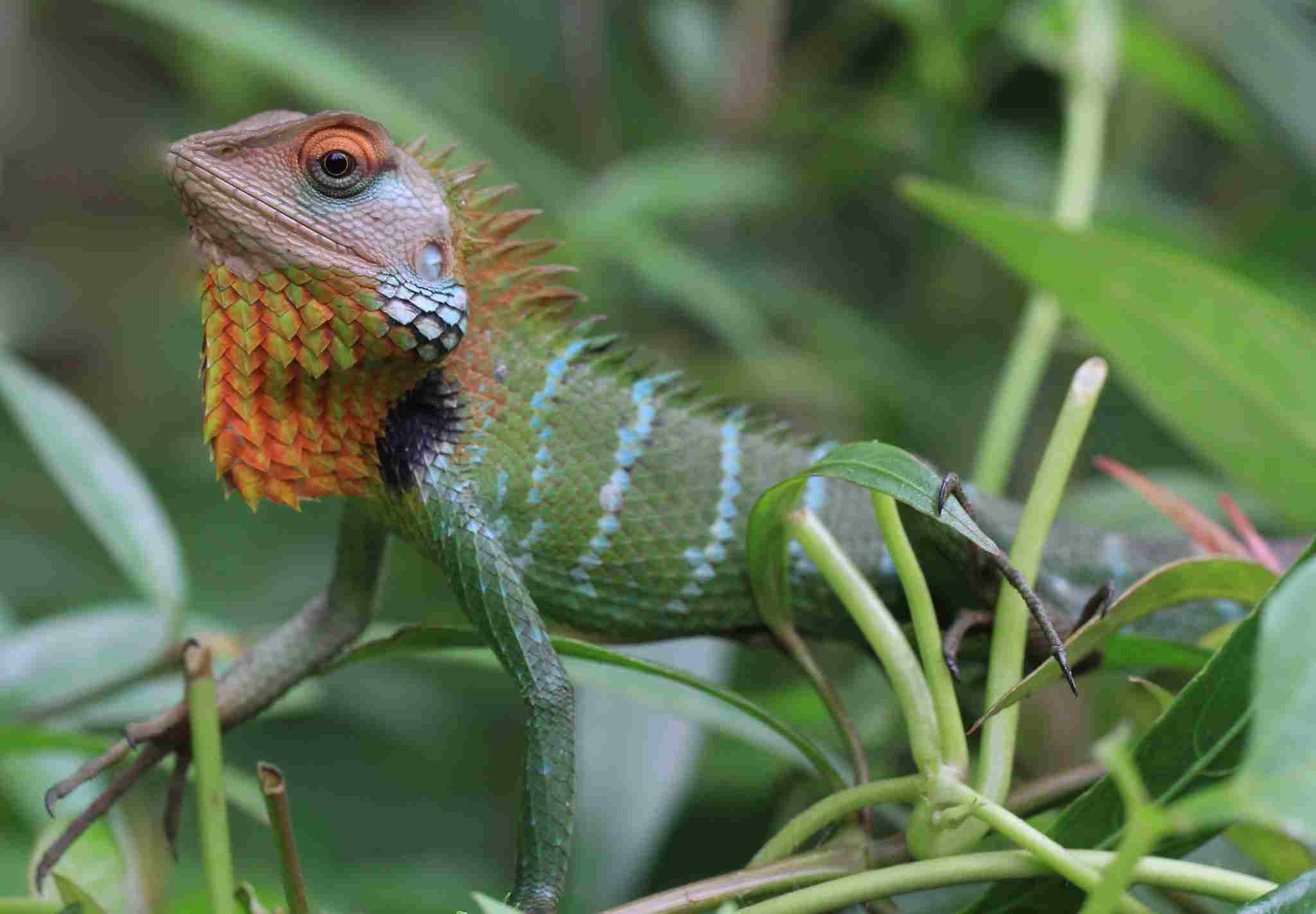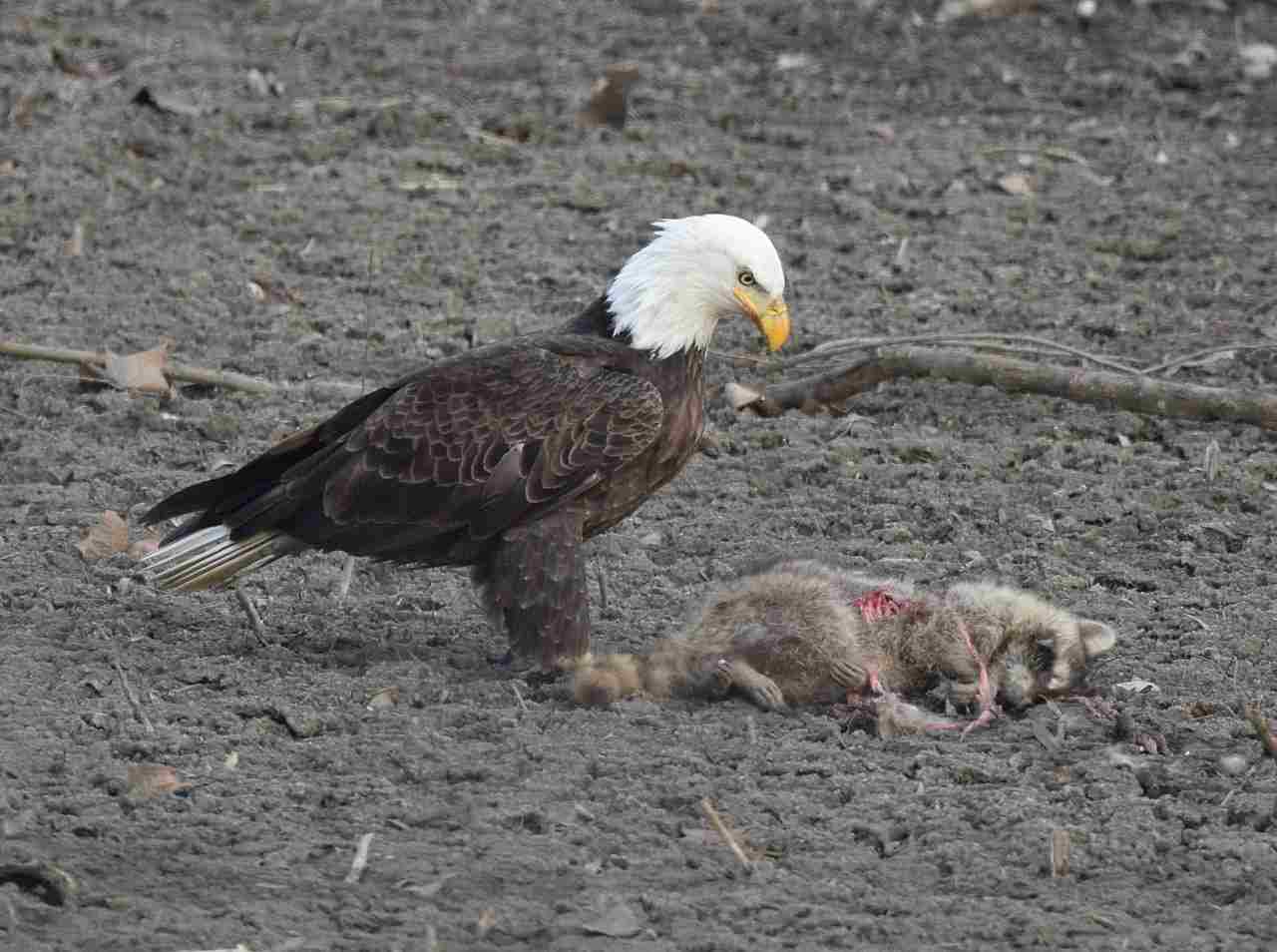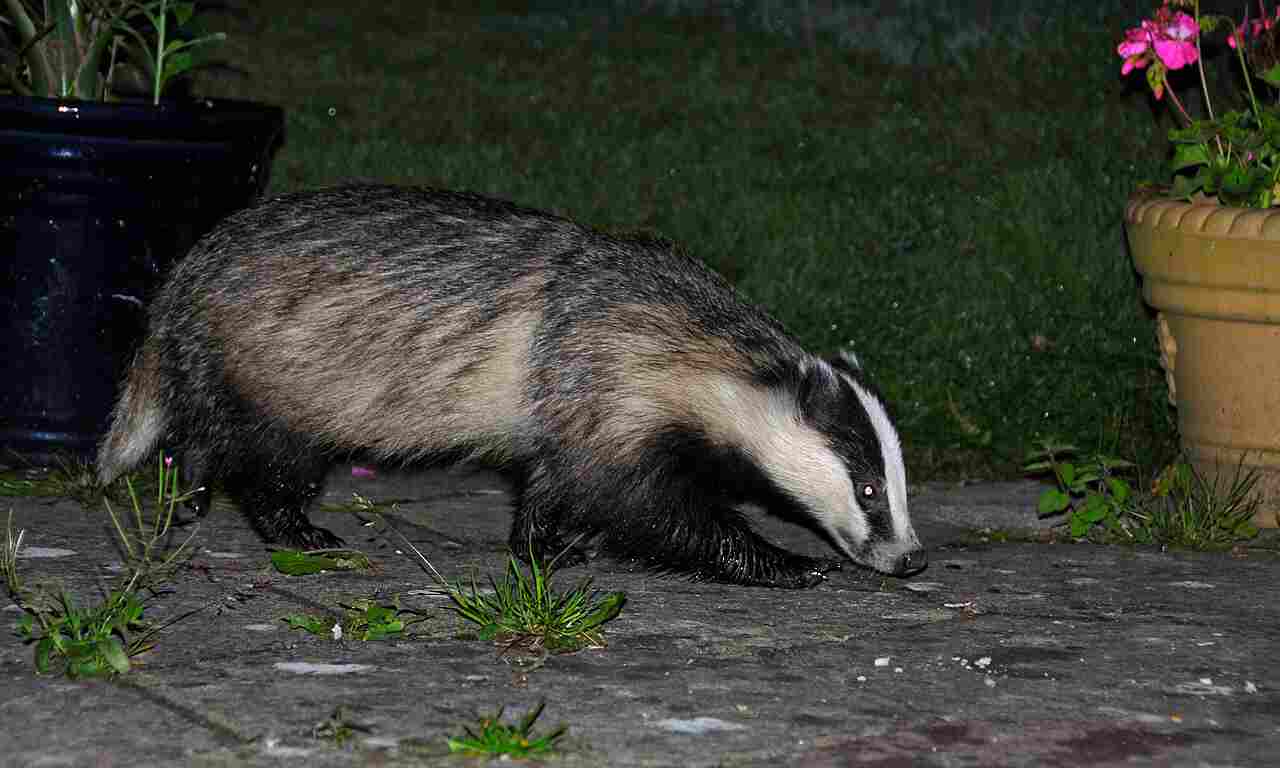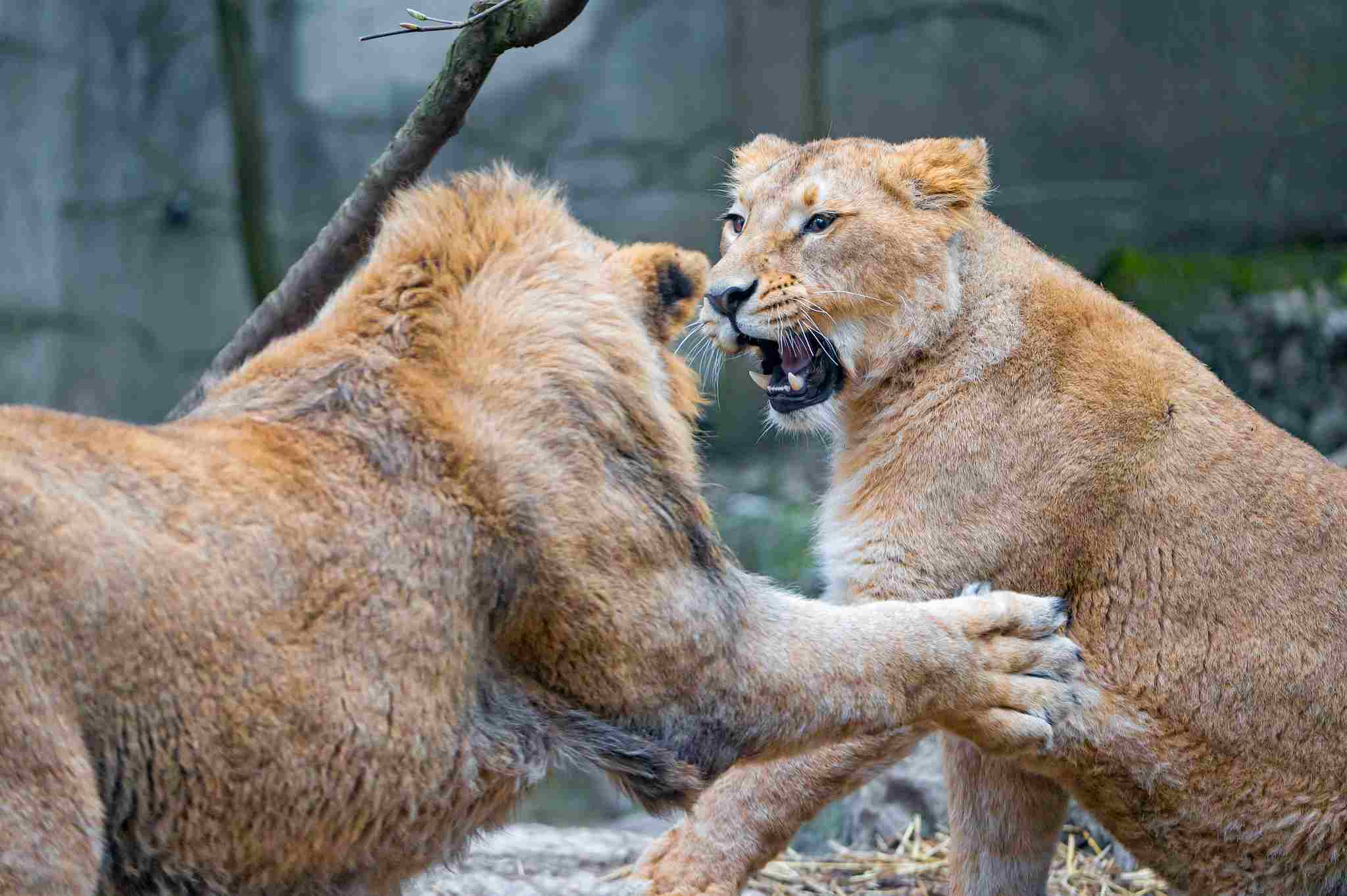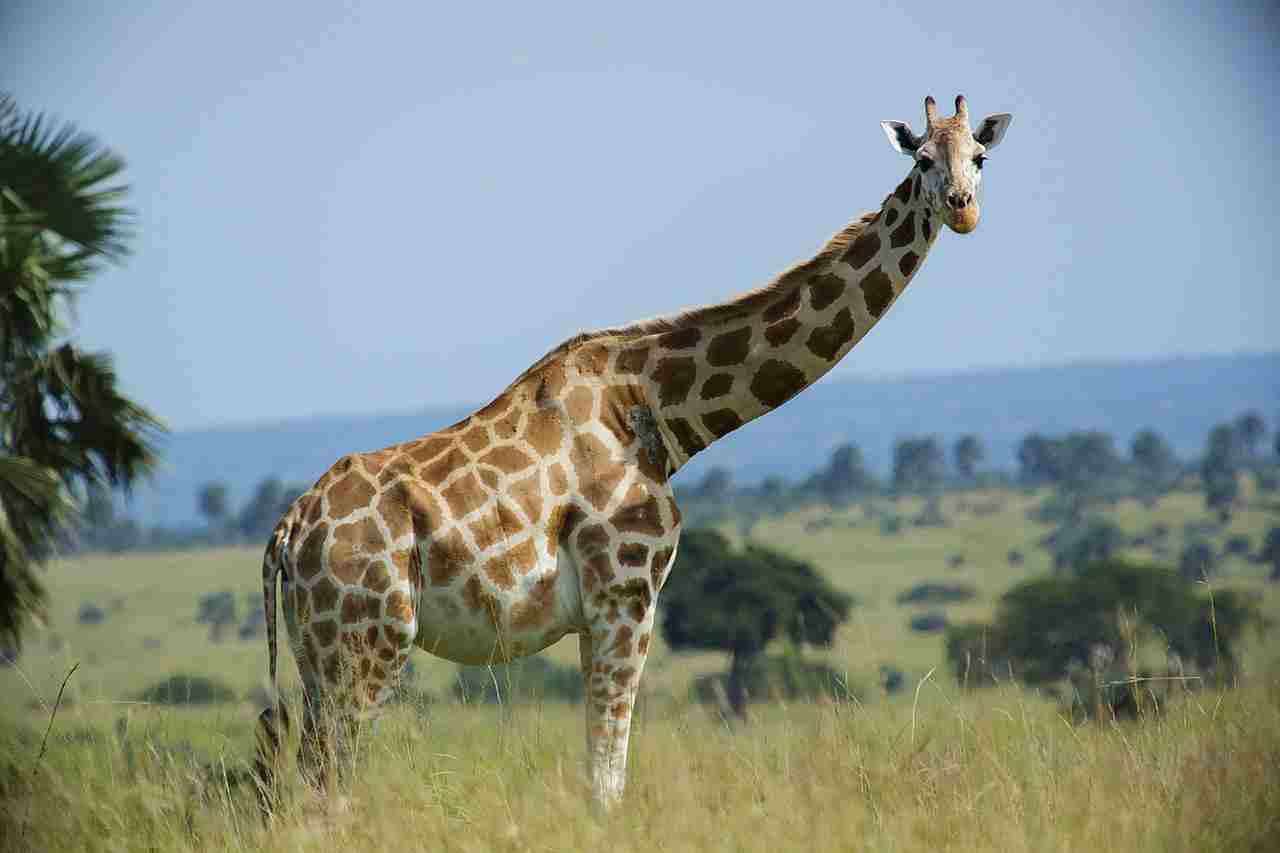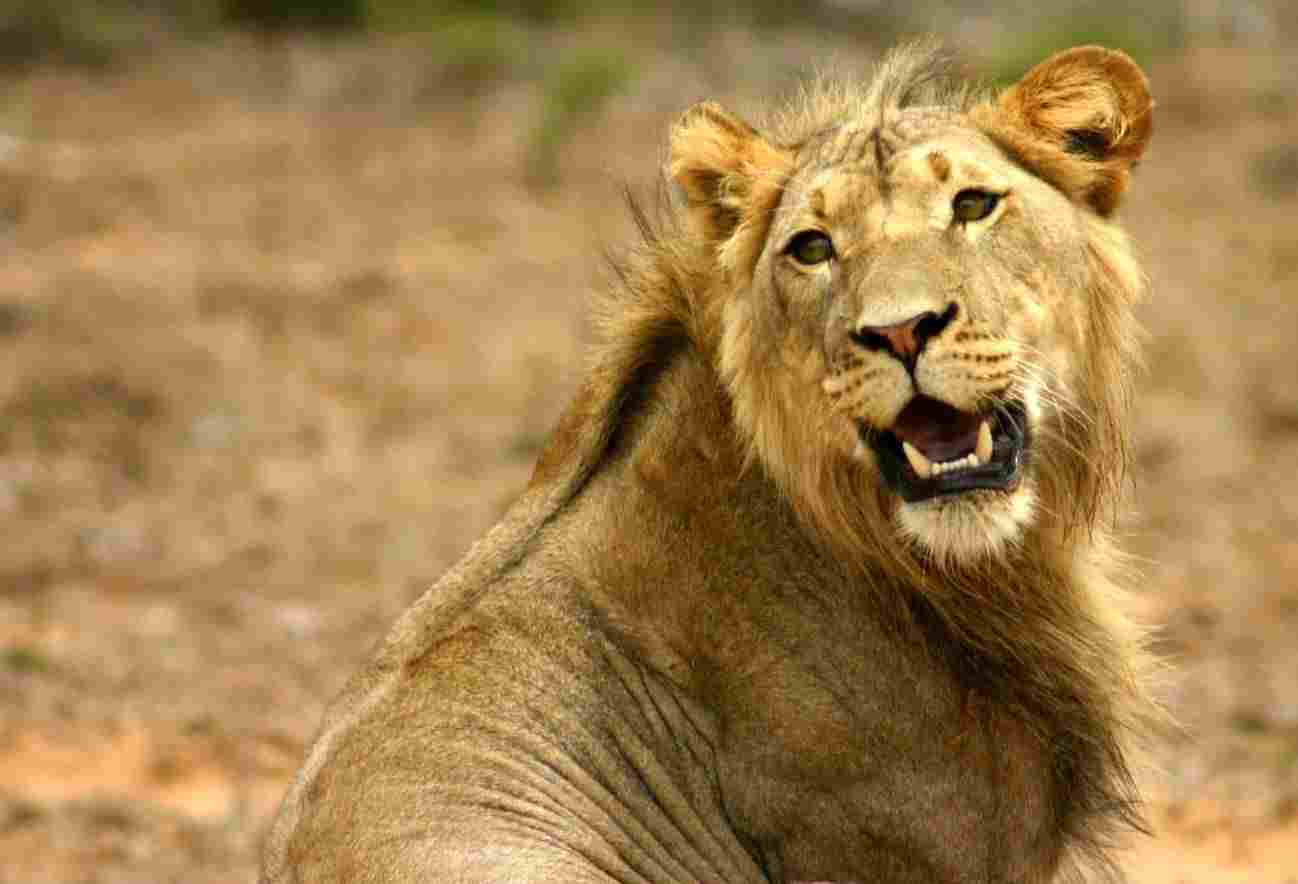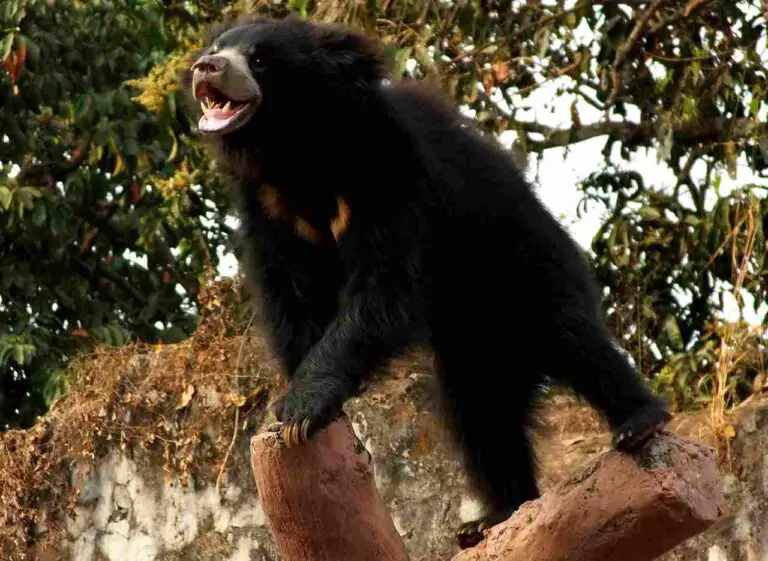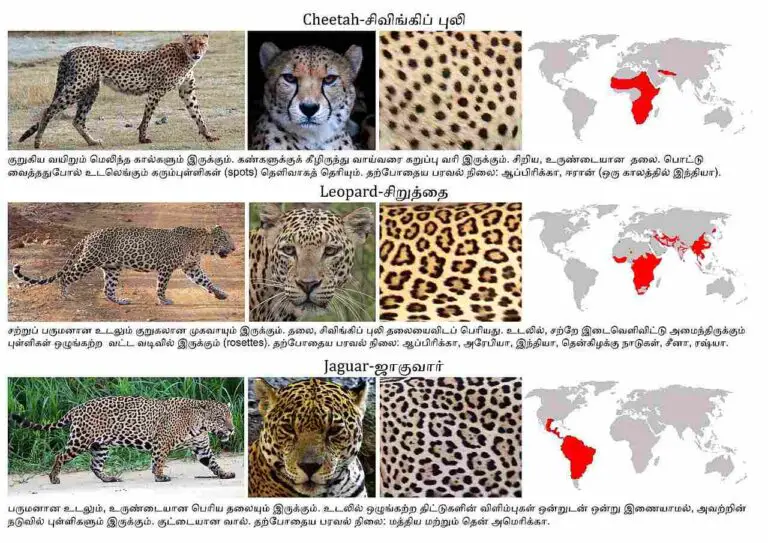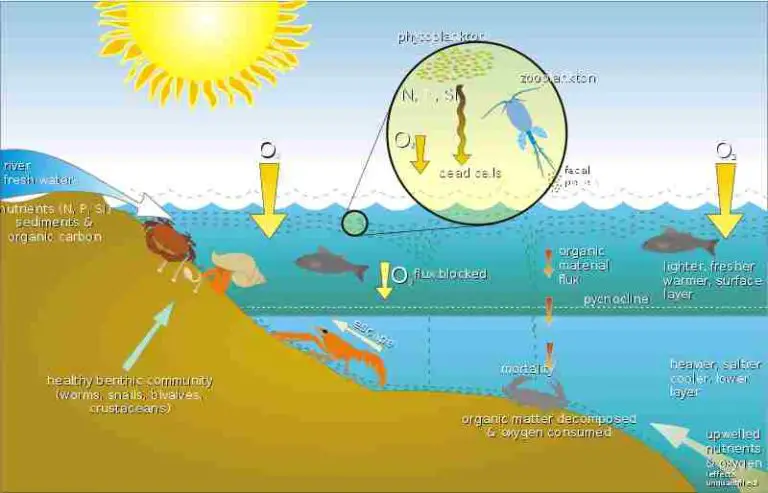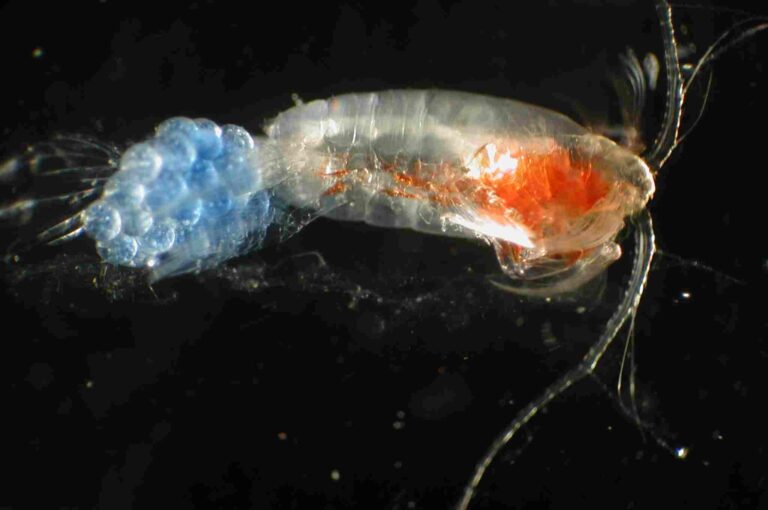17+ Consumers in the Savanna Ecosystem and Their Characteristics
Primary Consumers in the Savanna
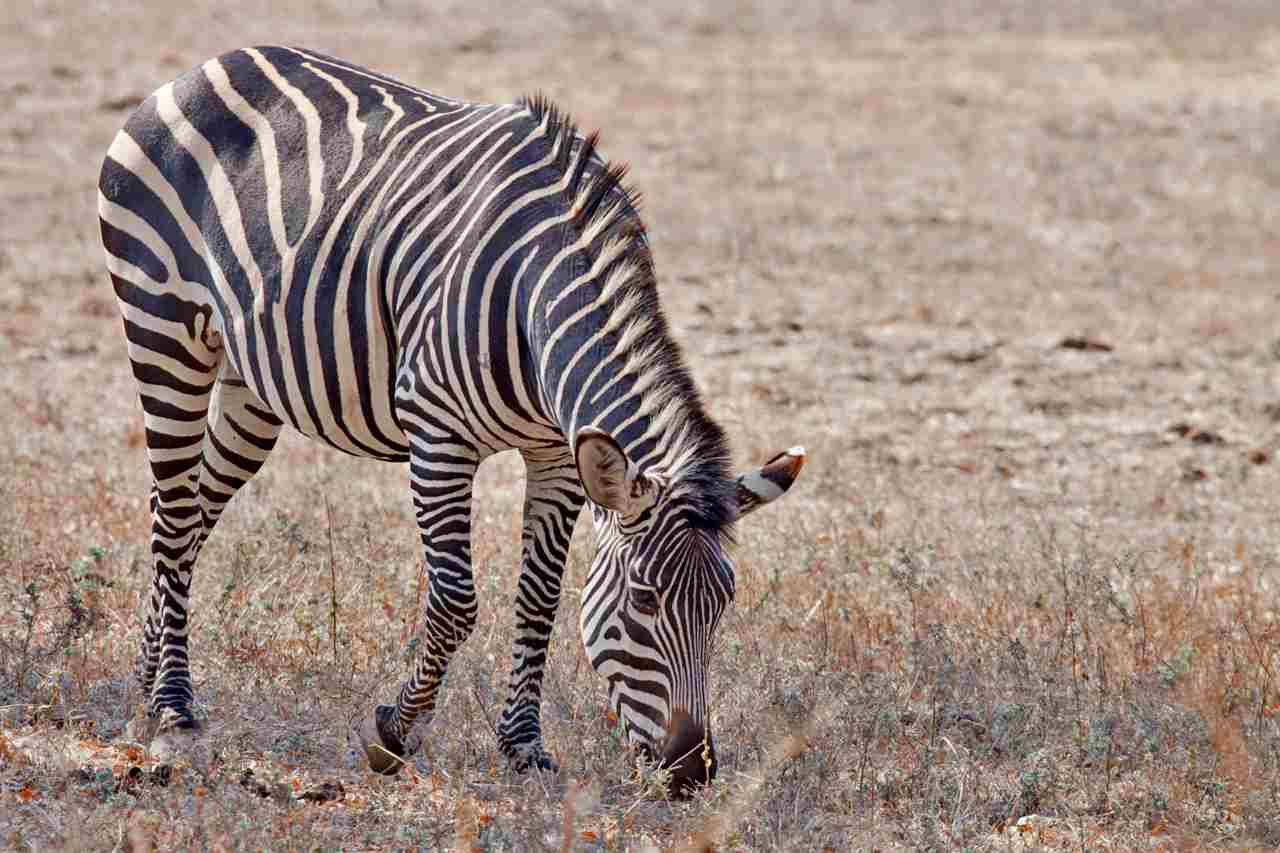
The savanna ecosystem sustains a diverse array of primary consumers, playing a pivotal role in the food chain. Among the primary consumers are the impala, gazelle, zebra, giraffe, elephant, grasshopper, wildebeest, and warthog. Each species has adapted unique characteristics to thrive in the challenging savanna environment.
-
Impala: These medium-sized antelopes possess remarkable agility and speed, enabling them to evade predators such as lions and leopards. They primarily feed on grasses and shrubs, utilizing their sharp teeth to graze efficiently.
-
Gazelle: Known for their slender build and incredible speed, gazelles are adapted for quick escapes from predators. Their diet consists mainly of grasses, though they also consume leaves and shoots when available.
-
Zebra: With their distinctive black and white stripes, zebras are iconic inhabitants of the savanna. They graze on a variety of grasses and have specialized digestive systems to extract nutrients from tough vegetation.
-
Giraffe: Towering over the savanna landscape, giraffes are the world’s tallest land animals. Their long necks allow them to feed on leaves and buds from tall trees, giving them access to a niche unavailable to other herbivores.
-
Elephant: As the largest land mammals, elephants play a crucial role in shaping the savanna ecosystem. They are selective feeders, consuming a vast quantity of grasses, leaves, and branches each day, thereby influencing vegetation patterns and nutrient cycling.
-
Grasshopper: While small in size, grasshoppers are abundant in the savanna, contributing to nutrient recycling through their feeding habits. They primarily consume grasses and other plant matter, serving as a vital food source for secondary consumers.
-
Wildebeest: These robust antelopes undertake one of the most remarkable migrations on Earth, traversing vast distances in search of water and fresh grazing grounds. They are predominantly grazers, feeding on a variety of grasses and herbs.
-
Warthog: Recognizable by their distinct facial warts and tusks, warthogs are opportunistic feeders, consuming grasses, roots, fruits, and even carrion. Their sturdy build and sharp tusks provide them with defense against predators.
The primary consumers of the savanna form the foundation of its intricate food web, sustaining the ecosystem by converting plant matter into energy accessible to higher trophic levels. Through their feeding habits and interactions with the environment, they contribute to the overall balance and resilience of the savanna ecosystem.
Secondary Consumers in the Savanna
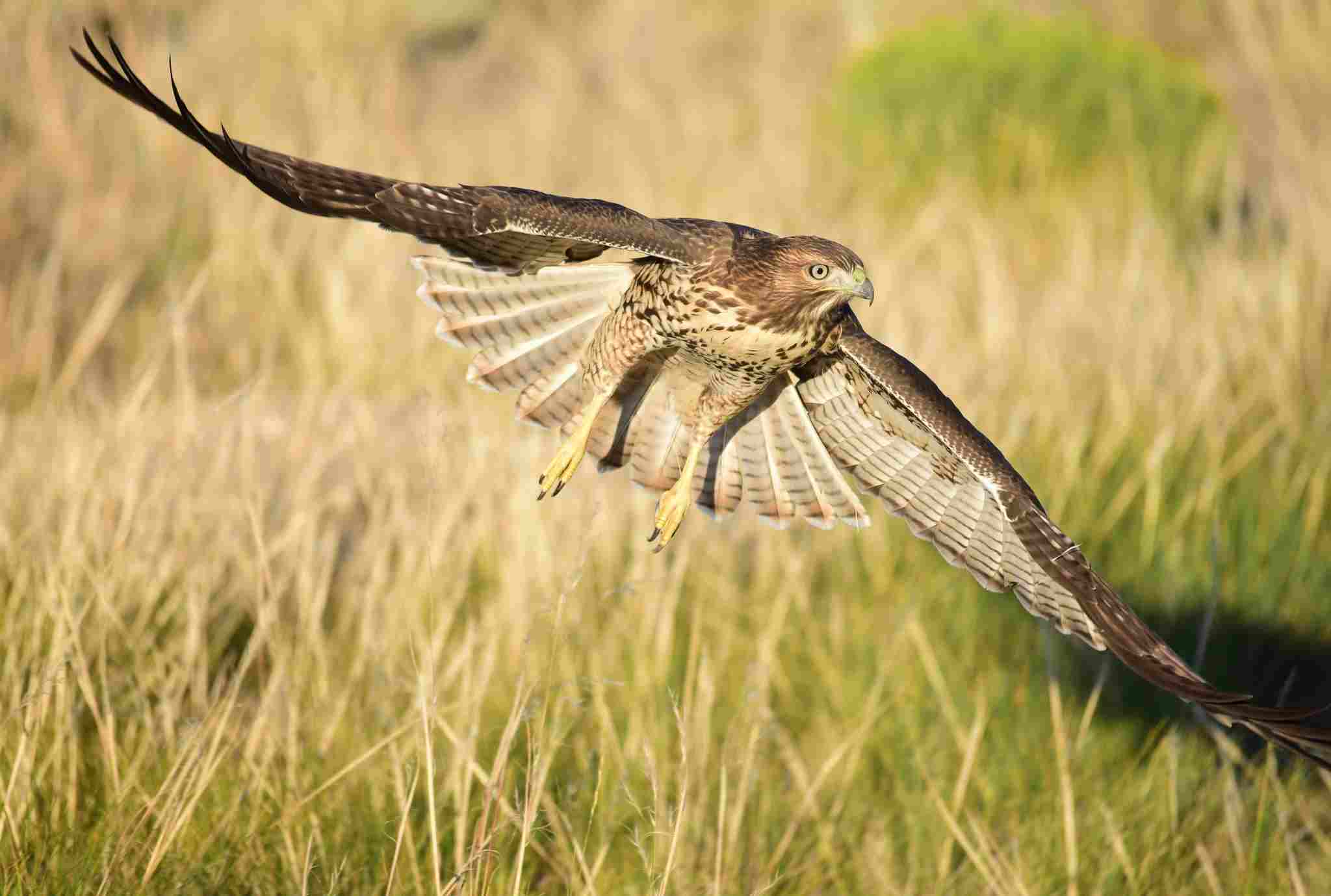
The savanna ecosystem is further enriched by a diverse array of secondary consumers, which play a crucial role in regulating population dynamics and maintaining ecological balance. Among the secondary consumers are the lizard, snake, hawk, jackal, African wild dog, and honey badger. Each species exhibits unique adaptations and hunting strategies to thrive in the challenging savanna environment.
-
Lizard: These small reptiles are abundant in the savanna, occupying various niches within the ecosystem. They primarily feed on insects and small invertebrates, utilizing their agility and keen senses to capture prey.
-
Snake: With their stealthy movements and venomous bites, snakes are efficient predators in the savanna. They prey on a variety of animals, including rodents, birds, and small mammals, contributing to population control within their respective prey species.
-
Hawk: As apex predators of the skies, hawks play a vital role in controlling populations of small mammals and birds in the savanna. Their keen eyesight and aerial prowess allow them to spot prey from great distances, swooping down with precision to capture their target.
-
Jackal: These opportunistic predators are adept scavengers, often feasting on carrion left behind by larger predators. They also hunt small mammals, birds, and insects, employing both solitary and cooperative hunting strategies.
-
African Wild Dog: Also known as painted wolves, African wild dogs are highly social predators that hunt in coordinated packs. Their exceptional stamina and teamwork enable them to pursue and bring down prey much larger than themselves, contributing to the regulation of herbivore populations.
-
Honey Badger: Despite their small size, honey badgers are fearless predators known for their tenacity and ferocity. They prey on a variety of animals, including rodents, reptiles, and even venomous snakes, utilizing their powerful jaws and sharp claws to overpower their prey.
Secondary consumers in the savanna occupy diverse ecological niches, contributing to the intricate web of predator-prey interactions that governs the ecosystem’s dynamics. Through predation and scavenging, they help regulate herbivore populations and maintain the overall health and balance of the savanna ecosystem.
Tertiary Consumers in the Savanna
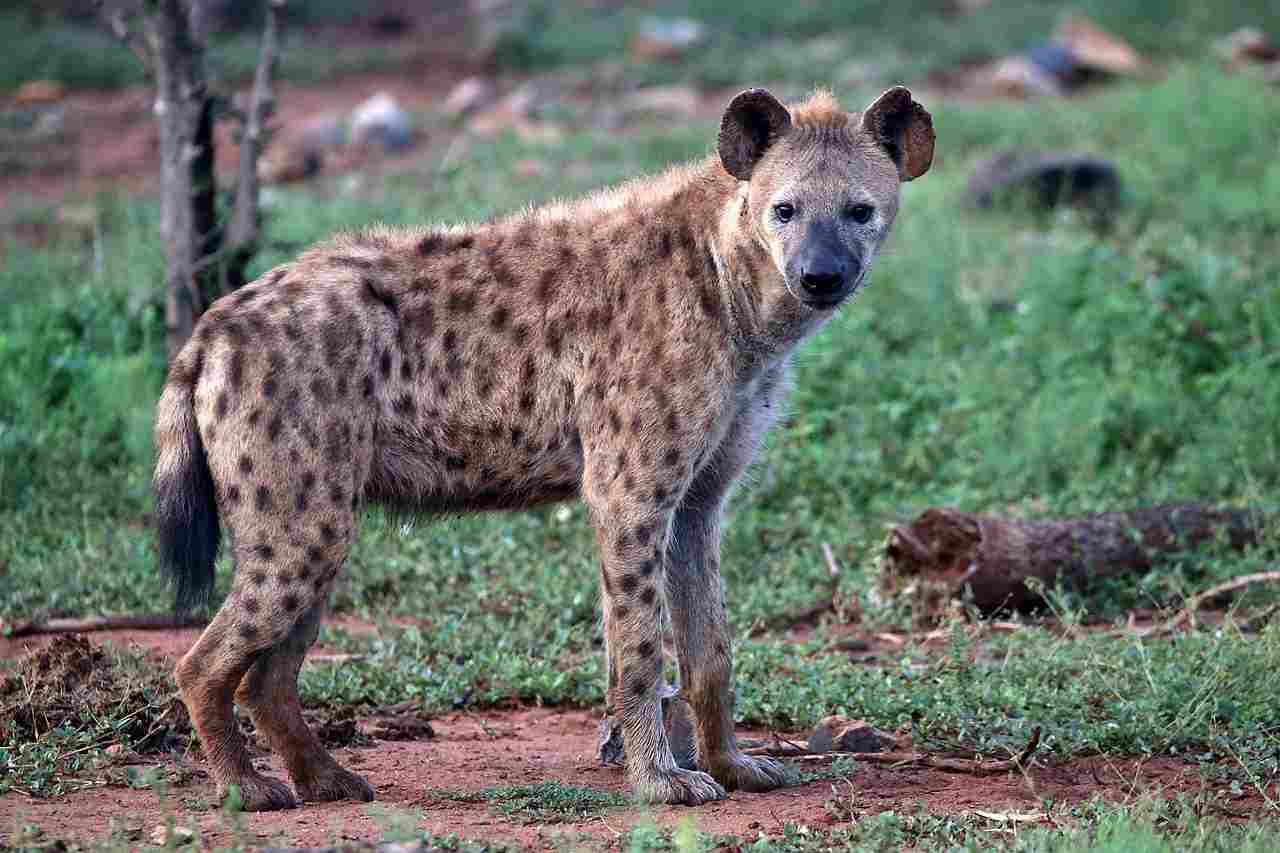
At the top of the savanna food chain are the tertiary consumers, which exert significant influence on the ecosystem through predation and scavenging. Among the tertiary consumers are the leopard, lion, eagle, hyena, and cheetah. These apex predators play a crucial role in regulating the populations of both herbivores and smaller predators, shaping the structure and dynamics of the savanna ecosystem.
-
Leopard: Stealthy and solitary, leopards are formidable hunters capable of preying on a wide range of animals, including impalas, gazelles, and even smaller predators. Their adaptability and versatility allow them to thrive in diverse habitats within the savanna, from dense woodlands to open grasslands.
-
Lion: As iconic symbols of the African savanna, lions are apex predators that hunt cooperatively in prides. They primarily target large herbivores such as zebras, wildebeests, and buffaloes, using their strength and coordinated tactics to bring down prey much larger than themselves.
-
Eagle: Among the avian predators of the savanna, eagles occupy a prominent position as efficient hunters of small mammals and birds. With their keen eyesight and powerful talons, they soar above the landscape, scanning for potential prey before swooping down with precision to capture their target.
-
Hyena: Known for their scavenging habits and eerie vocalizations, hyenas are formidable predators capable of hunting in packs or scavenging from the kills of larger predators. They have powerful jaws and a highly developed sense of smell, allowing them to locate and consume carrion efficiently.
-
Cheetah: Renowned as the fastest land animals, cheetahs are specialized hunters that rely on speed and agility to chase down prey. They primarily target smaller herbivores such as gazelles and impalas, using short bursts of incredible speed to overtake their quarry before delivering a precise killing bite.
Tertiary consumers in the savanna exert top-down control on the ecosystem, influencing the distribution and behavior of both prey and lower trophic levels. Through predation, they help regulate herbivore populations, prevent overgrazing, and maintain the overall balance and biodiversity of the savanna ecosystem.
Characteristics of Consumers in the Savanna
Consumers in the savanna ecosystem exhibit a diverse range of characteristics that enable them to thrive in this unique environment. These characteristics are shaped by evolutionary adaptations to factors such as climate, vegetation, and predation pressure. Understanding these traits provides insights into the dynamics of the savanna ecosystem and the interconnections between its inhabitants.
-
Physical Adaptations: Savanna consumers display a variety of physical adaptations suited to their respective ecological roles. For instance, herbivores like zebras and giraffes have specialized dentition and digestive systems for efficiently processing tough grasses and vegetation. Predators such as lions and cheetahs possess keen senses, powerful jaws, and sharp claws for hunting and capturing prey.
-
Behavioral Strategies: Behavioral adaptations play a crucial role in the survival of savanna consumers. Many herbivores exhibit herding behavior, which provides protection against predators through increased vigilance and collective defense mechanisms. Predators employ various hunting strategies, from solitary stalking to cooperative pack hunting, depending on factors such as prey abundance and distribution.
-
Migration and Nomadism: Some savanna consumers, particularly herbivores, undertake seasonal migrations or exhibit nomadic behavior in response to fluctuations in food and water availability. Species like wildebeests and elephants undertake long-distance migrations in search of fresh grazing grounds and water sources, shaping the landscape and influencing nutrient cycling.
-
Social Structure: Social organization is prevalent among savanna consumers, particularly among large herbivores and certain predators. Species like elephants and lions form complex social hierarchies, with individuals cooperating in tasks such as raising offspring, defending territories, and hunting prey. Social cohesion provides benefits such as increased protection against predators and access to mating opportunities.
-
Dietary Preferences: Consumers in the savanna exhibit diverse dietary preferences, ranging from strict herbivory to carnivory and omnivory. Herbivores feed on grasses, leaves, and other plant matter, utilizing specialized digestive systems to extract nutrients from fibrous vegetation. Predators consume a variety of prey, with dietary preferences influenced by factors such as prey abundance, size, and vulnerability.
Understanding the characteristics of savanna consumers is essential for comprehending the intricate dynamics of this ecosystem, including trophic interactions, population dynamics, and ecosystem resilience.
Why Savanna Consumers are Important
Consumers play a fundamental role in shaping the structure and function of the savanna ecosystem, contributing to its biodiversity, nutrient cycling, and overall resilience. Several key reasons underscore the importance of savanna consumers:
-
Regulation of Herbivore Populations: Predators such as lions, leopards, and hyenas help regulate herbivore populations by preying on individuals and preventing overgrazing of vegetation. This ecological balance ensures the sustainability of plant communities and prevents habitat degradation.
-
Nutrient Cycling: Consumers contribute to nutrient cycling in the savanna ecosystem through processes such as predation, scavenging, and decomposition. By consuming organic matter and recycling nutrients back into the soil, consumers facilitate the growth of vegetation and support primary productivity.
-
Top-down Control: Tertiary consumers exert top-down control on the savanna food web, influencing the distribution and behavior of lower trophic levels. This control cascades throughout the ecosystem, affecting species interactions, population dynamics, and community structure.
-
Ecosystem Resilience: The presence of diverse consumers enhances the resilience of the savanna ecosystem to environmental disturbances and changes. By maintaining balanced predator-prey relationships and preventing the dominance of any single species, consumers contribute to the stability and adaptability of the ecosystem.
-
Cultural and Economic Value: Savanna consumers, particularly iconic species like lions and elephants, hold cultural and economic significance for local communities and global society. They support wildlife tourism, contribute to ecosystem services such as carbon sequestration and water regulation, and inspire conservation efforts aimed at preserving biodiversity and natural heritage.
Therefore, savanna consumers play multifaceted roles in shaping the dynamics and functioning of this iconic ecosystem. Understanding their importance is essential for conservation efforts aimed at ensuring the long-term health and sustainability of savanna habitats.
| Characteristics of Consumers in the Savanna |
Importance of Savanna Consumers
|
| – Physical Adaptations: |
– Regulation of Herbivore Populations:
|
| Specialized features like dentition and senses for herbivores and hunting tools for predators. |
Predators prevent overgrazing and maintain plant communities.
|
| – Behavioral Strategies: |
– Nutrient Cycling:
|
| Herding behavior for protection and various hunting tactics for predators. |
Consumers recycle nutrients through predation, scavenging, and decomposition.
|
| – Migration and Nomadism: |
– Top-down Control:
|
| Seasonal movements in response to food and water availability. |
Tertiary consumers influence lower trophic levels and ecosystem dynamics.
|
| – Social Structure: |
– Ecosystem Resilience:
|
| Complex hierarchies among species for tasks like defense and mating. |
Diverse consumers enhance stability and adaptability to environmental changes.
|
| – Dietary Preferences: |
– Cultural and Economic Value:
|
| Range from herbivory to carnivory, shaping food webs and nutrient cycling. |
Iconic species support tourism, ecosystem services, and conservation efforts.
|
*Related FAQs
- What are primary consumers in the savanna?
- Primary consumers in the savanna are herbivores that feed directly on plants and vegetation. Examples include impalas, gazelles, zebras, giraffes, elephants, grasshoppers, wildebeests, and warthogs.
- What are secondary consumers in the savanna?
- Secondary consumers in the savanna are carnivores and omnivores that feed on primary consumers and other secondary consumers. Examples include lizards, snakes, hawks, jackals, African wild dogs, and honey badgers.
- What are tertiary consumers in the savanna?
- Tertiary consumers in the savanna are apex predators that occupy the top of the food chain and primarily feed on secondary consumers. Examples include leopards, lions, eagles, hyenas, and cheetahs.
- How do consumers in the savanna contribute to ecosystem balance?
- Consumers in the savanna play crucial roles in regulating populations of both plants and animals, maintaining biodiversity, and contributing to nutrient cycling through predation, scavenging, and decomposition. Their interactions help maintain the balance and resilience of the ecosystem.
- Why are savanna consumers important for human societies?
- Savanna consumers hold cultural, ecological, and economic significance for human societies. They support wildlife tourism, provide ecosystem services such as carbon sequestration and water regulation, and contribute to local livelihoods through activities such as hunting and ecotourism.
